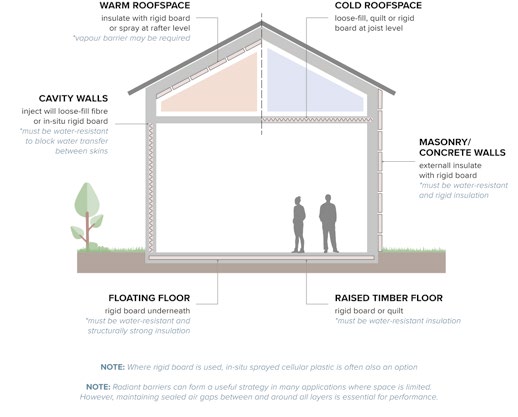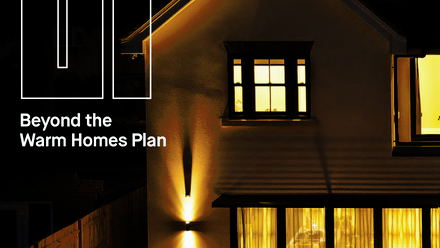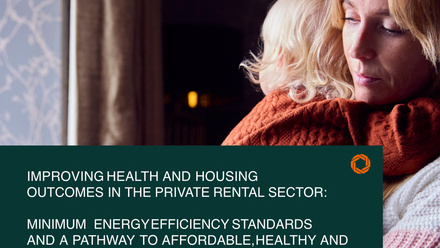Time to retrofit to secure a net zero future
It is well known that Britain's housing stock is some of the oldest and poorest performing in Europe. With nearly six million houses built before 1919, the challenge before us is quite daunting as a good proportion of the UK's 29 million homes will need at least some improvement to reduce the 17% of total carbon emissions that comes from housing.1
Regulatory updates
Whilst higher standards for energy efficiency are being introduced for new build housing – the new and updated Part L of the Building Regulations for England came into force in June 2022, followed by new energy efficiency updates in Scotland and Wales in November and December 2022, and the Future Homes Standard for 2025 will require all new homes and other buildings to be built to ultra-high levels of energy efficiency, there is little to promote and deliver the improvements needed for existing buildings.
The government has a vague aim of upgrading existing homes to EPC C by 2035, but only where 'practical, affordable and cost effective'. This will require more than 15 million homes in England to be upgraded over the next twelve and a half years, but with no real strategy in place it is difficult to see how this can be achieved.
The Heat and Building Strategy published in 2021 expands on the detail of heat in buildings, but there is little on improving energy efficiency, reducing demand or the essential policy needed to support any largescale approach to mass retrofitting.
If we are to move to a net zero carbon country by 2050 (2045 in Scotland), it will be vital to make improvements to homes and other buildings to reduce emissions. This means installing a whole range of energy saving measures; from better insulation and more efficient appliances, to replacing fossil fuelled boilers with low carbon alternatives such as heat pumps.
The role of insulation
The role of PIR and PUR insulation in upgrading our poorly performing housing stock and ensuring a sustainable future cannot be underplayed. Good insulation is essential and is one of the simplest and most cost-effective ways to reduce energy demand and cut CO2.

The lower the U-values in walls, floors and roofs, the less heat that is lost, resulting in enhanced thermal performance which in turn will help to deliver the standards required.
Highly effective and incredibly versatile, PIR and PUR insulation solutions are available in a range of forms including boards and blocks, cavity injected, composite panels, as well as spray and panel insulation. This with lambda values as low as 0.021 W/mK, PIR insulation performance can be achieved with less thickness than other commonly used insulation materials. Its exceptional insulating properties, high strength and light weight means it is used widely across residential, commercial and refurbishment projects.

Retrofitting insulation such as high-performance PIR is a valuable instrument in reducing heating demand, cutting CO2 emissions whilst addressing fuel poverty and improving comfort and wellbeing. Whether using internal or external insulation, it is vitally important the UK's housing stock is raised to an acceptable standard by making the fabric of the building as energy efficient as possible. Only then will we be able to provide a long-term asset that reduces energy usage and can be confidently passed on to future generations.
1 Climate Change Committee’s Sixth Carbon Budget
This article first appeared in AT Journal issue 146




